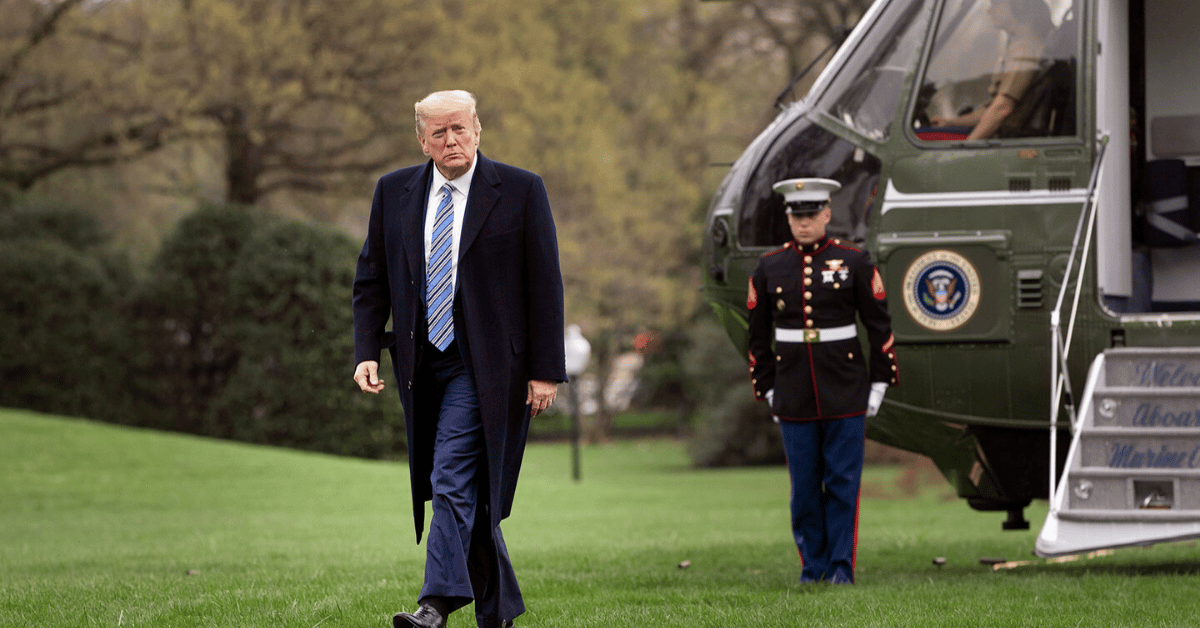
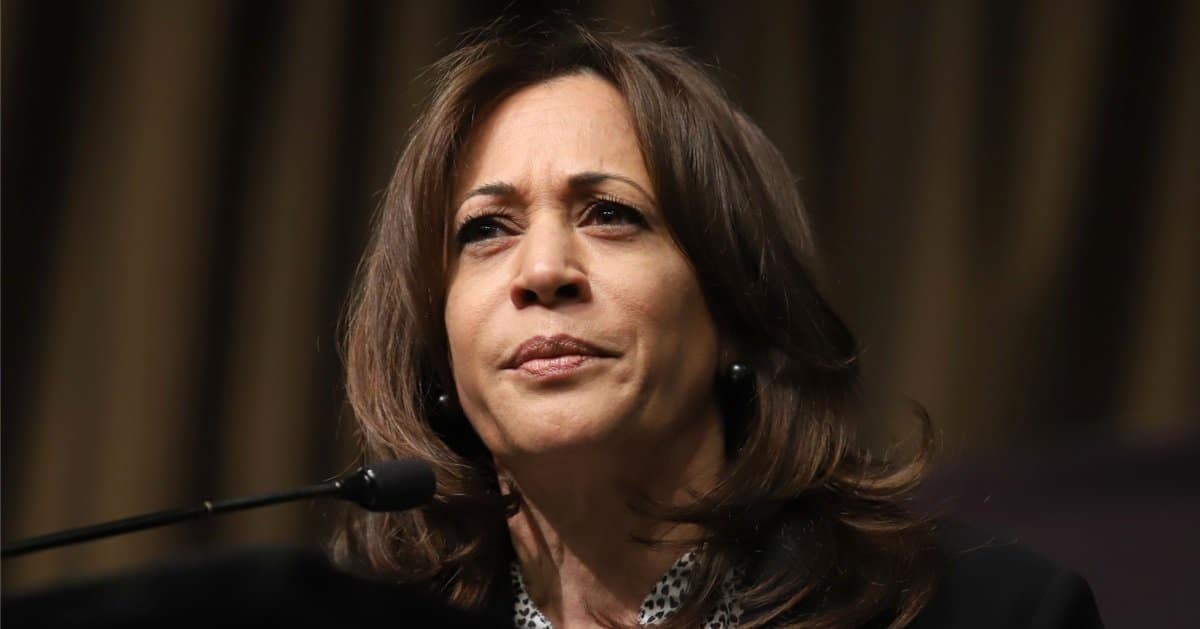
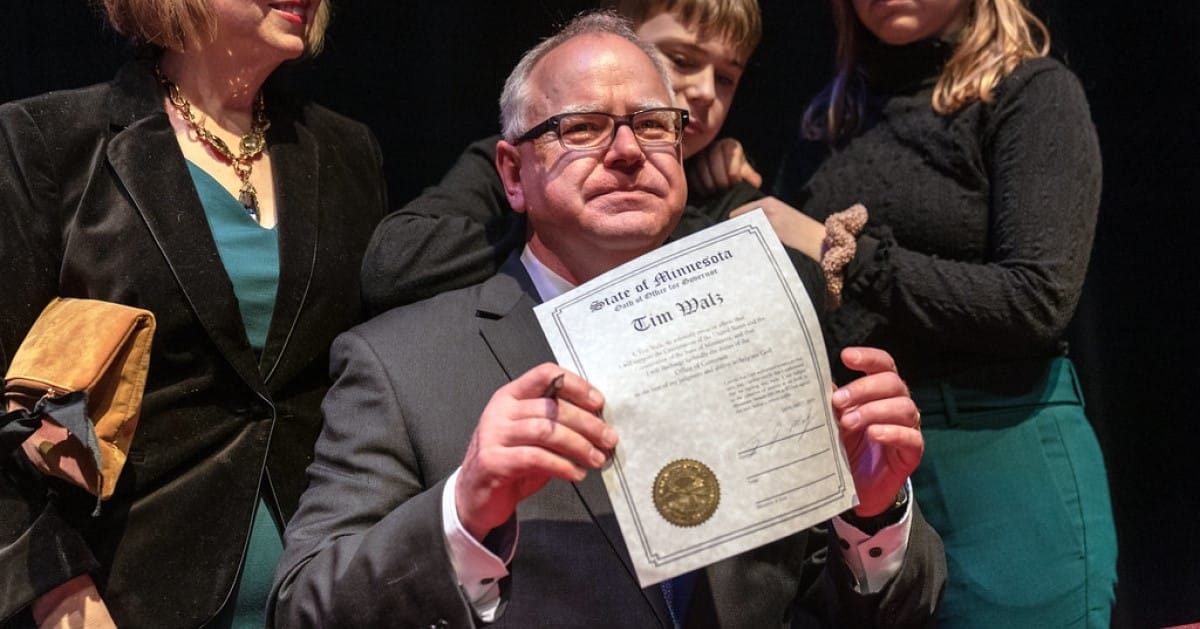
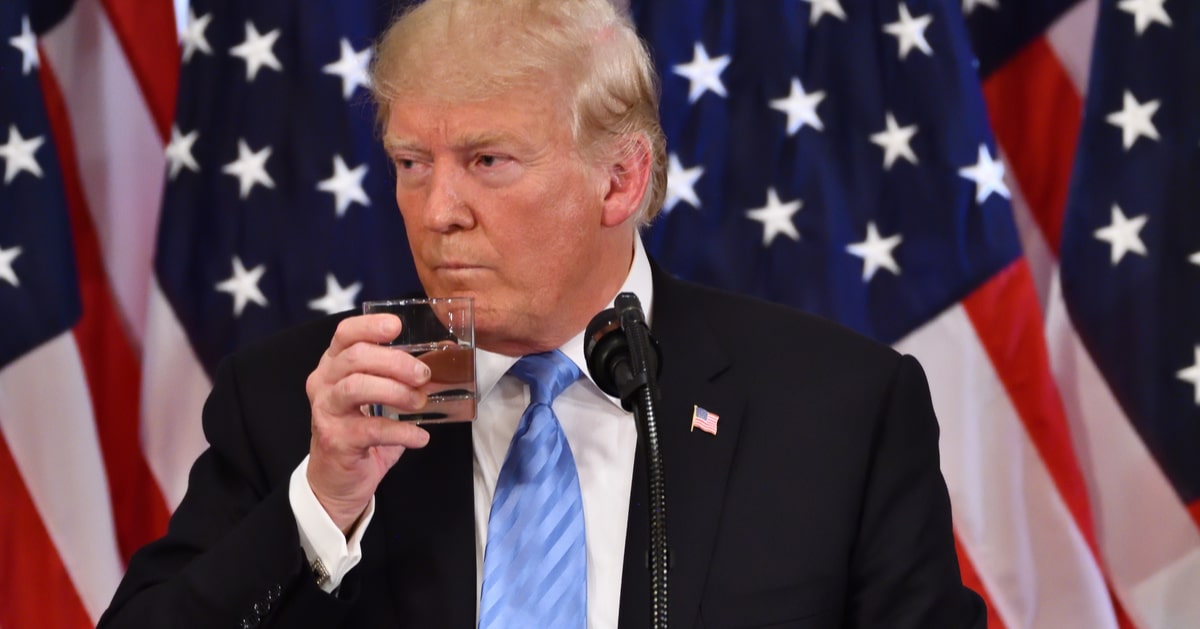
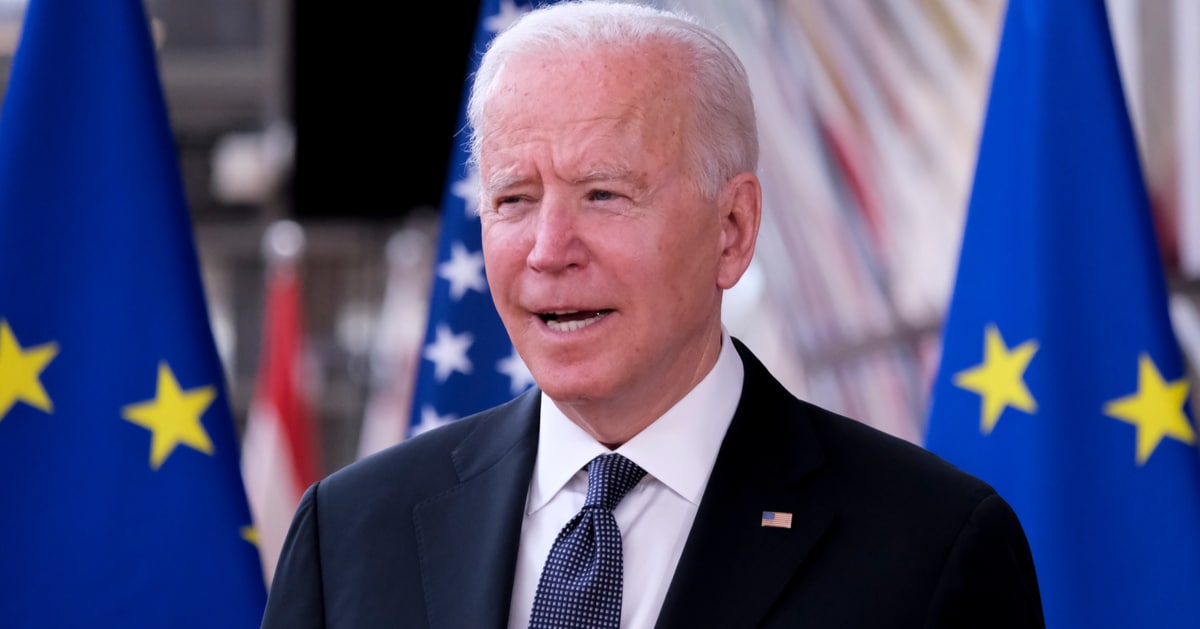
With the clock ticking toward a government shutdown, President Trump and Democratic congressional leaders hit a brick wall in their latest meeting, leaving millions of Americans bracing for the fallout.
The Washington Times reported that high-stakes talks on Monday failed to produce an agreement to prevent a shutdown scheduled for Wednesday morning, October 1, 2025, as deep divides over healthcare and spending priorities kept both sides entrenched.
Let’s rewind to Monday, when Trump sat down with Democratic leaders in a last-ditch effort to keep the government running. No dice—both parties walked away pointing fingers, with no compromise in sight. It’s a classic Washington standoff, but the stakes couldn’t be higher.
Democrats are digging in, insisting on a permanent extension of enhanced Obamacare subsidies from the pandemic era, which cap premiums at 8.5% of household income.
Without this extension, set to lapse at year’s end, families could face premium hikes averaging $400 a month—ouch. But Republicans aren’t biting, calling the demand a bloated add-on to a short-term funding fix.
Senate Democratic Leader Charles E. Schumer lamented, “Huge differences still to bridge.” Differences, indeed—when one side sees a lifeline and the other sees a budget buster, bridging that gap feels like building a bridge to nowhere. Conservatives rightly worry about ballooning costs, especially when the Democrat plan reportedly tacks on $1.5 trillion in unrelated spending.
Republicans, for their part, have put forward a stopgap bill to maintain current funding levels through November 21, 2025. It’s a straightforward patch, but Democrats won’t budge unless their health care demands are met. This isn’t negotiation; it’s a game of chicken with taxpayer dollars.
Adding fuel to the fire, Democrats raised alarms about GOP Medicaid changes, which they claim could shutter rural hospitals and community clinics.
They argue these cuts, paired with the subsidy expiration, are a double whammy for vulnerable Americans. Fair concern, but Republicans counter that their reforms—requiring work for able-bodied adults and tightening eligibility—actually strengthen the program.
Vice President J.D. Vance didn’t mince words, calling Democrat tactics “purely and simply hostage taking.” Let’s be real: holding a shutdown over the nation’s head to force through a wish list isn’t governing—it’s political theater. Conservatives want health care access too, but not at the cost of fiscal sanity.
Democrats also worry that agreeing to fund the government now without locking in subsidy extensions means the issue will be kicked down the road—permanently.
They fear GOP leaders won’t revisit it later, given internal party tensions over the Affordable Care Act. It’s a valid tactical concern, but tying it to a shutdown deadline feels more like leverage than principle.
President Trump, meanwhile, didn’t tip his hand during the meeting, offering no firm commitments to either side’s proposals. With notices of premium increases hitting mailboxes on October 1, 2025, the pressure is on for leadership to step up. Americans aren’t looking for a poker face—they want results.
House Democratic Leader Hakeem Jeffries described the discussion as “frank and direct,” but admitted to “significant and meaningful differences.” That’s diplomatic speak for “we got nowhere fast.” While honesty in talks is refreshing, it’s cold comfort when a shutdown looms.
Republicans argue their Medicaid tweaks prevent misuse of benefits and prioritize hardworking citizens, a stance that resonates with those tired of seeing taxpayer funds stretched thin.
Democrats, however, paint a dire picture of health care access crumbling under these policies. Both sides have points worth weighing, but neither seems ready to meet in the middle.
As Wednesday morning approaches, the specter of a shutdown grows larger, threatening to disrupt essential services and rattle markets.
If premiums spike by nearly $5,000 a year for some families, as Democrats warn, the economic pain will be real. Conservatives sympathize with those struggles, but question why a seven-week funding bill must carry a trillion-dollar price tag.
The blame game is in full swing, with each party accusing the other of intransigence. Republicans predict a shutdown because Democrats won’t drop their expansive demands, while Democrats insist Trump could end this by rallying GOP leaders behind their health care priorities. It’s a deadlock that leaves everyday Americans as the real losers.
Ultimately, this standoff isn’t just about budgets—it’s about competing visions for America’s future. Conservatives want disciplined spending and targeted reforms, while progressives push for broader safety nets, even if the math doesn’t always add up. With time running out, let’s hope cooler heads prevail before Wednesday’s deadline slams shut.



